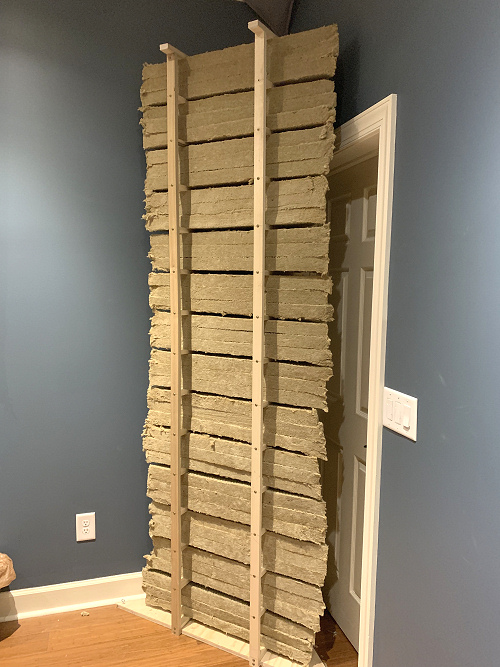flyer said:Regarding the 0.4 seconds reverb time. You are writing things that either seem to confirm the 0.4 seconds claim, things that contradict it or things that have nothing or little to do with it. And beware, I am talking about smaller listening rooms. Not rehearsal nor mixing rooms.
If you think a 1 second reverb time is no problem, then good for you but to others I would say, would you prefer to listen to music in a living room or in a bath room?
Since the number of reflections per second in a room decreases with room size reverberation time automatically increases. A mere figure which is not related to room size is hence of little value anyway. 2 seconds in the concert hall is just fine, in your living room it is a disaster. In Weisser’s experiment there were two rooms of similar reverb time but very different size
1. 85 cbm, 1 s
2. 186 cbm, 1.05 s
Room 1 got much more positive rating than room 2.
The three rooms that got positive rating were
a) 186 cbm, 0.56 s
b) 97 cbm, 0.72 s
c) 85 cbm, 1 s
The remaining 4 rooms with lower rating were
d) 82 cbm, 0.25 s
e) 105 cbm, 0.39 s
f) 186 cbm, 1.05 s
g) 27 cbm, 1.65s
This time two rooms of similar size (c and d) but different reverb times got different ratings.
When I said the reverb time in the bass is always going to be double or triple the rest of the spectrum, I did not mean this was not desirable. Quite on the contrary, it is desirable and normal. But not 9 seconds!
As I said, with 9 seconds, what was measured was not true reverb time, but more likely modal decay time, quite another beast in the herd.
It puzzles me what Charles Lindbergh’s arrival in NY has to do with psychoacoustics…
What was investigated were masking effects of noise generated by the crowds.
PS: I will look up on the studies that put 0.4 seconds forward as a kind of norm. I do not have that information at hand now.
Any study w.r.t reverb time is welcome, thanks.
Klaus



